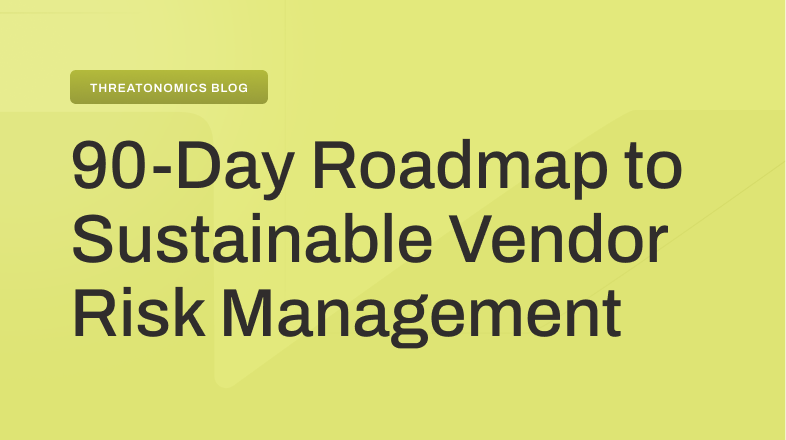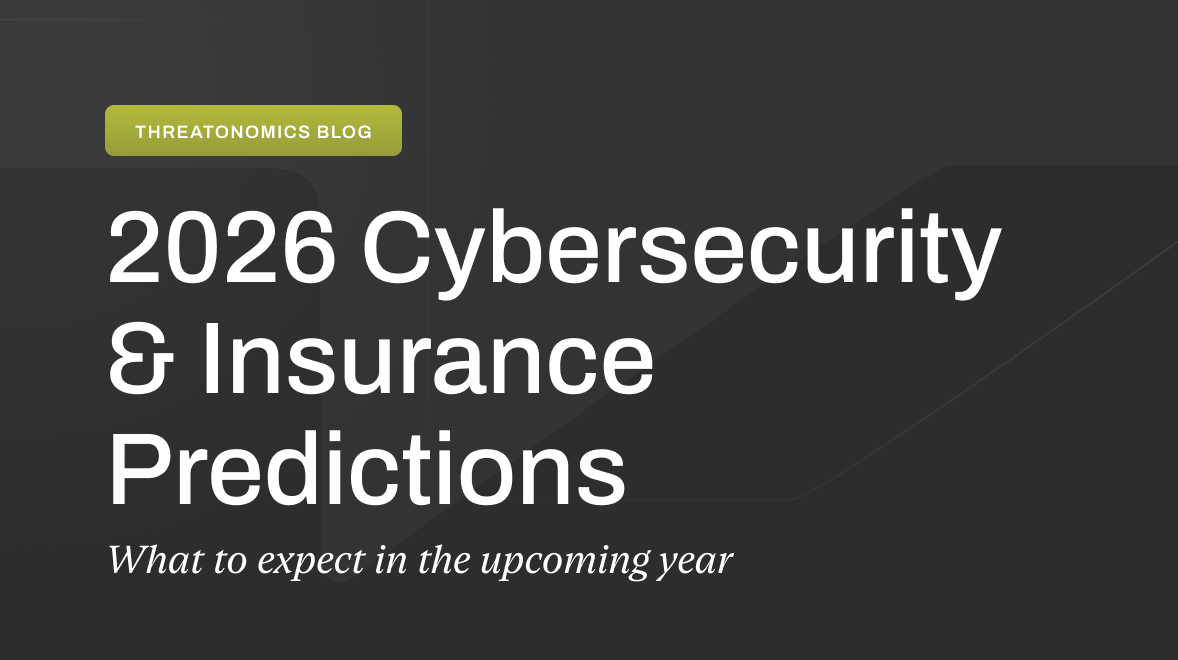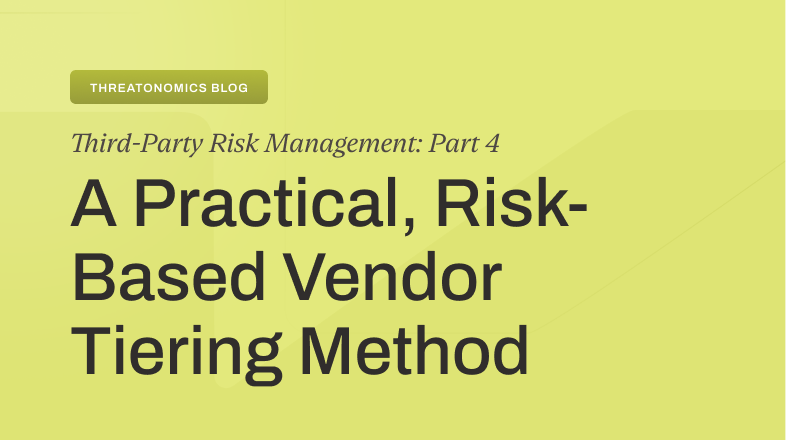CISOs and security leaders are well aware of the threat landscape. We know cyberattacks are relentless, and it’s our belief that effective defense necessitates a multi-layered approach. While advanced security technologies offer undeniable advantages, a solely technology-centric strategy has its limitations.
Firewalls, intrusion detection systems (IDS), and endpoint protection platforms – the essential tools in a security professional’s arsenal – struggle to adapt to the tactics of cybercriminals. These tools rely on pre-defined rules and signatures, which novel malware variants and attack vectors can bypass. Additionally, security software can generate an overwhelming volume of alerts, leading to alert fatigue and potentially missed threats. Furthermore, while adept at data analysis, advanced security tools may struggle to interpret the nuances of human behavior, potentially overlooking suspicious activity disguised as everyday user actions.
Human security professionals bring invaluable experience and knowledge but have limitations. Accidental human errors, exploited through phishing campaigns or social engineering tactics, can create significant vulnerabilities. Security analysts face constant alert bombardment, leading to desensitization and potentially missed critical threats. Modern cyberattacks’ sheer volume and complexity can quickly overwhelm even the most skilled security teams. Manual data analysis is not feasible in the existing environment.
The Limitations of Technology-Centric Security
A technology-centric approach can bring limitations:
- Signature-Based Detection: Traditional security tools rely on pre-defined signatures to identify malware. However, cybercriminals constantly develop new variants that can evade these static signatures. This leaves organizations vulnerable to zero-day attacks that exploit previously unknown vulnerabilities.
- False Positives and Alert Fatigue: Security software can generate many alerts and false positives. This constant barrage of alerts can overwhelm security analysts, leading to desensitization and potentially missed critical threats. Analysts may start to ignore or dismiss alerts, increasing the risk of a genuine threat slipping through the cracks.
- Lack of Contextual Understanding: Advanced security tools excel at analyzing large datasets but may need help interpreting the context of suspicious activity. For example, a user accessing a specific file at an unusual time might trigger an alert. However, understanding the user’s role or typical work patterns is necessary for the security software to determine if this is a legitimate action or a potential breach attempt.
The Limitations of Human-Centric Security
While human expertise remains crucial, security teams face their challenges:
- Human Error: Accidental mistakes by employees (clicking on phishing links or falling for social engineering tactics) create significant vulnerabilities. Social engineering attacks specifically exploit human psychology, tricking employees into revealing sensitive information or granting unauthorized access. Security awareness training is essential, but human error remains a persistent risk factor.
- Limited Scalability: Cyberattacks’ ever-increasing volume and complexity can quickly overwhelm even the most skilled security teams. Manually analyzing mountains of data and security logs is not feasible. Security analysts need efficient tools to prioritize threats and focus on the most critical issues.
- Decision-Making Fatigue: The constant barrage of alerts and the pressure of a fast-paced environment can lead to decision-making fatigue among security analysts and result in hasty decisions or missed opportunities to identify and contain threats promptly.
The Power of Combining Technology and Human Expertise
By strategically integrating advanced technologies with human expertise, CISOs, and security leaders can create a force multiplier effect, significantly enhancing their organization’s cybersecurity posture. A combined approach addresses the limitations:
- Enhanced Threat Detection: AI-powered security analytics tools can analyze vast amounts of data from various sources, including network traffic, endpoint logs, and user activity. These tools can identify subtle anomalies and patterns that might escape human analysts. Security analysts can then leverage their experience and judgment to investigate these anomalies and determine if they represent genuine threats.
- Reduced Alert Fatigue and Improved Prioritization: Security automation can handle the heavy lifting of analyzing routine events and low-priority alerts. Free up valuable time for security analysts to focus on the most critical threats identified by AI tools. Additionally, AI can prioritize threats based on severity and context, allowing security teams to allocate resources more effectively.
- Improved Decision-Making: Security teams can utilize data and insights from security tools to make informed decisions about resource allocation, threat prioritization, and incident response strategies. For example, security analysts can leverage threat intelligence feeds to stay informed about cybercriminals’ latest attack vectors and tactics, allowing them to defend proactively. Security teams can also use threat intelligence data to conduct targeted threat-hunting exercises, actively searching for vulnerabilities within their network.
- Contextual Threat Analysis: Security analysts can leverage their experience and understanding of the organization’s security posture to interpret the context of suspicious activity identified by AI tools. This human expertise is crucial for determining the legitimacy of threats and taking appropriate action.
Building a Strong Synergy: Practical Steps
Here are some practical steps CISOs and security leaders can take to forge a strong connection between technology and human expertise:
- Invest in a Multi-Layered Security Solution: A comprehensive security strategy should include a combination of security tools that address different aspects of cyber defense. These may include firewalls, intrusion detection systems, endpoint protection platforms, and AI-powered security analytics tools.
- Implement Ongoing Security Awareness Training: Regular security awareness training programs are essential for educating employees on cybersecurity best practices. The training should cover phishing scams, social engineering tactics, and secure password management. Empower employees to identify and report suspicious activity, and organizations can significantly reduce their attack surface.
- Foster a Culture of Communication: A culture of open communication is critical for effective cybersecurity. Employees should feel comfortable reporting suspicious activity or potential security incidents without fear of reprisal. This encourages early detection and enables security teams to take timely action.
- Conduct Regular Security Assessments: Regular security assessments (penetration testing, vulnerability scanning, security posture assessments) help identify vulnerabilities and gaps in your defenses. Organizations can significantly reduce their cyber risk by proactively identifying and addressing vulnerabilities.

Stay ahead of cyber risk with the latest intel on threats, best practices, and more.
Sign up for our Threatonomics newsletter to get the latest insights from our experts in cybersecurity, insurance, and risk management; all you need to achieve Cyber Resilience.
SubscribeCombine Humans and Tech to Achieve Cyber Resilience
By strategically integrating advanced security technologies with the irreplaceable expertise of human security professionals, CISOs and security leaders can build an unbreakable defense. A combined approach empowers security teams to detect threats faster, make informed decisions, and respond to incidents more effectively.
Furthermore, a continuous focus on improving user awareness, ensuring open communication, and conducting regular security assessments are essential in maintaining a robust cybersecurity posture. By embracing the power of technology and human expertise working in concert, organizations can stay ahead of the curve and effectively mitigate cyber risks in today’s ever-changing threat landscape.
At its core, this human-centric approach is what underpins Resilience’s approach. Our security professionals bring their expertise and judgment to the table, ensuring that security decisions align with human values, strategic business objectives, and a focus on building organizational resilience. This client-centered approach has been met with exceptional feedback, as evidenced by our industry-leading 2023 NPS score of 77. This score reflects the invaluable efforts of our team in helping clients understand their evolving state of cyber risk and make informed security investments
Resilience offers tools to help our clients thoroughly address every aspect of their cyber risk while monitoring the threats that matter most to their environment. Request a demo today.








